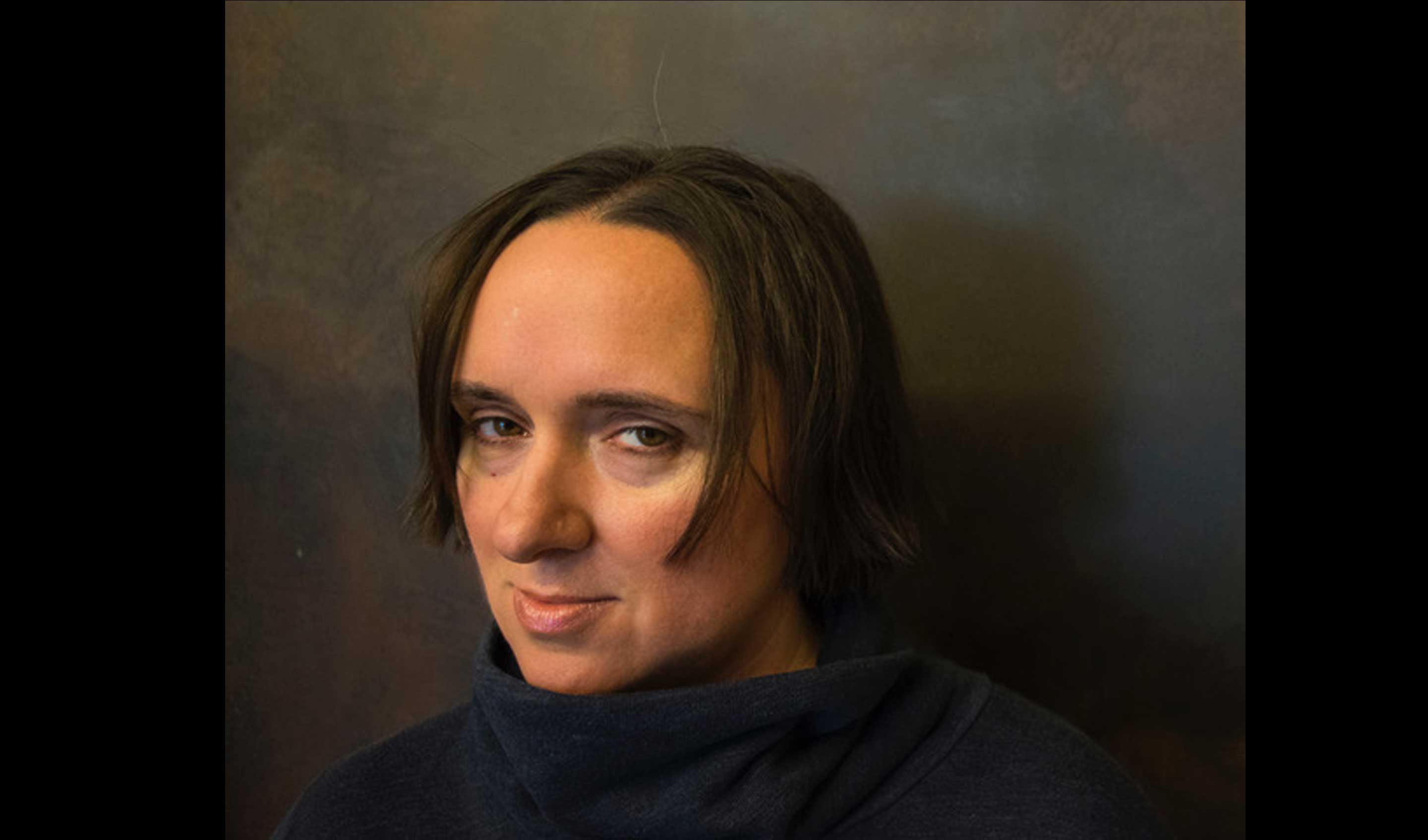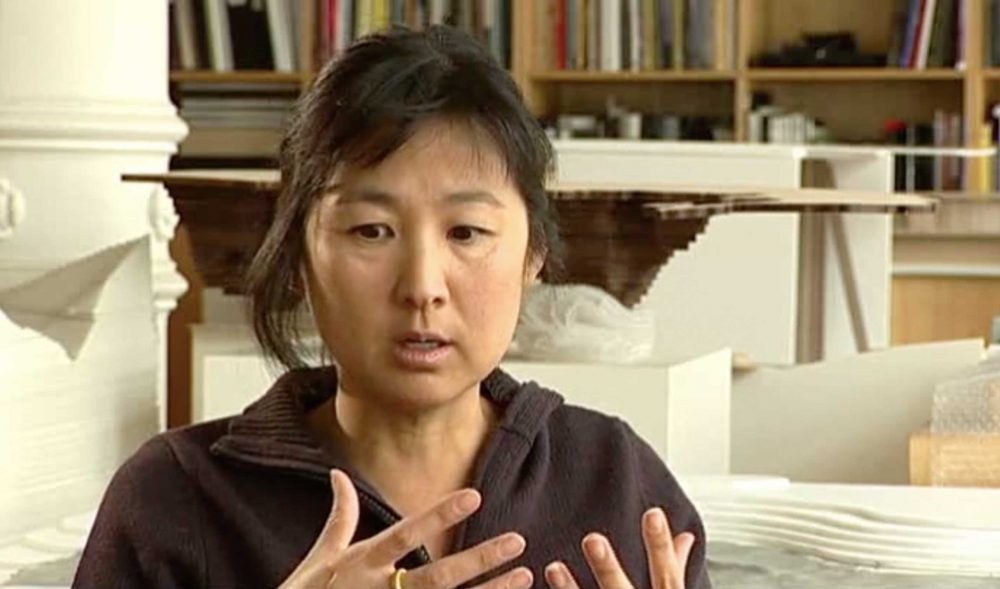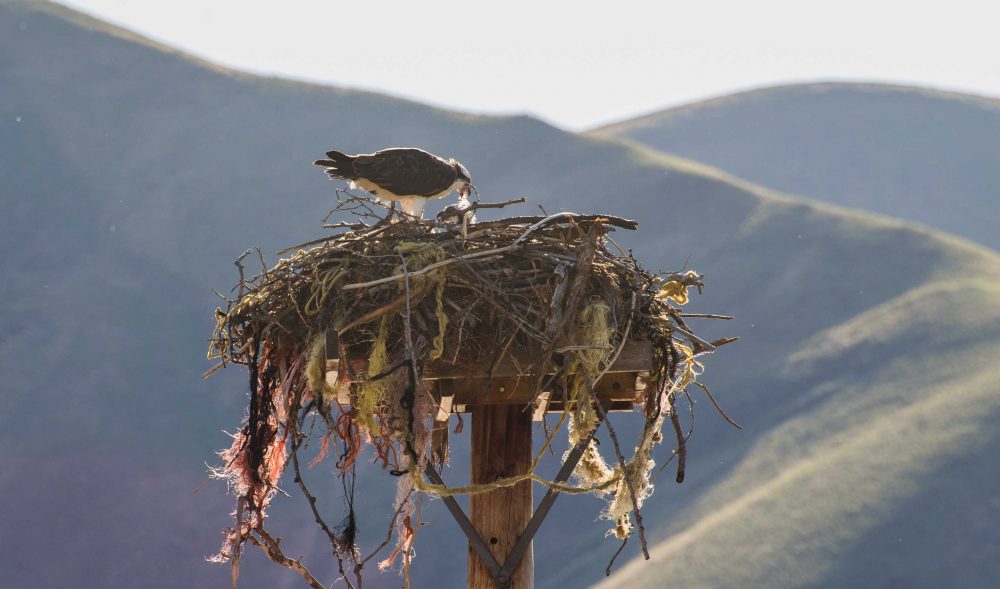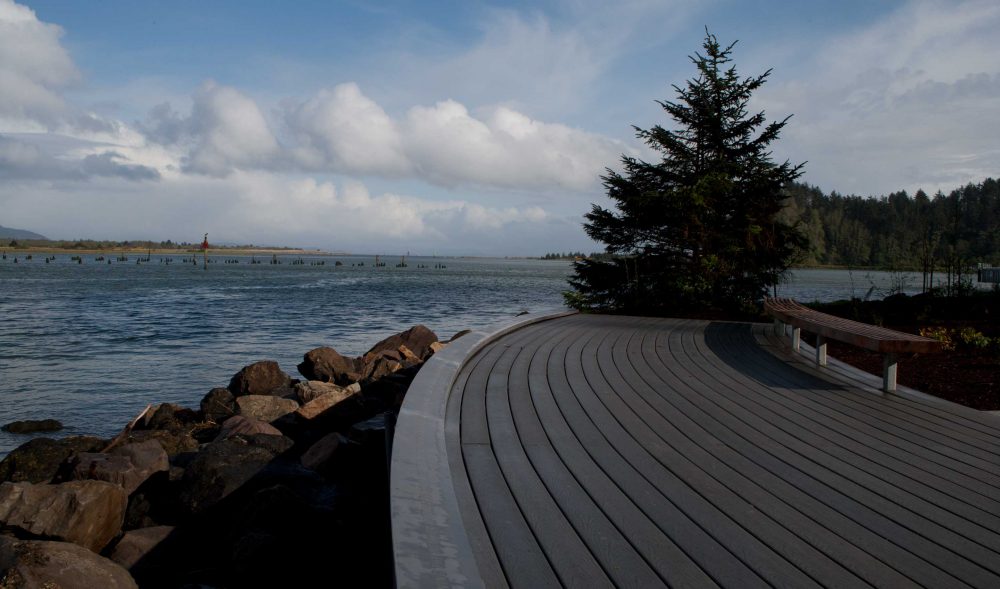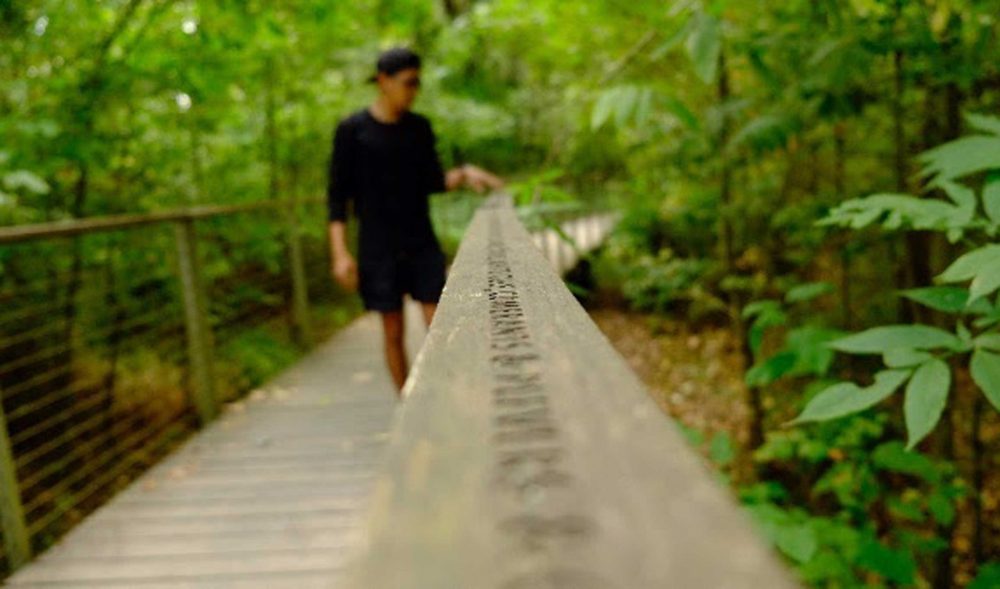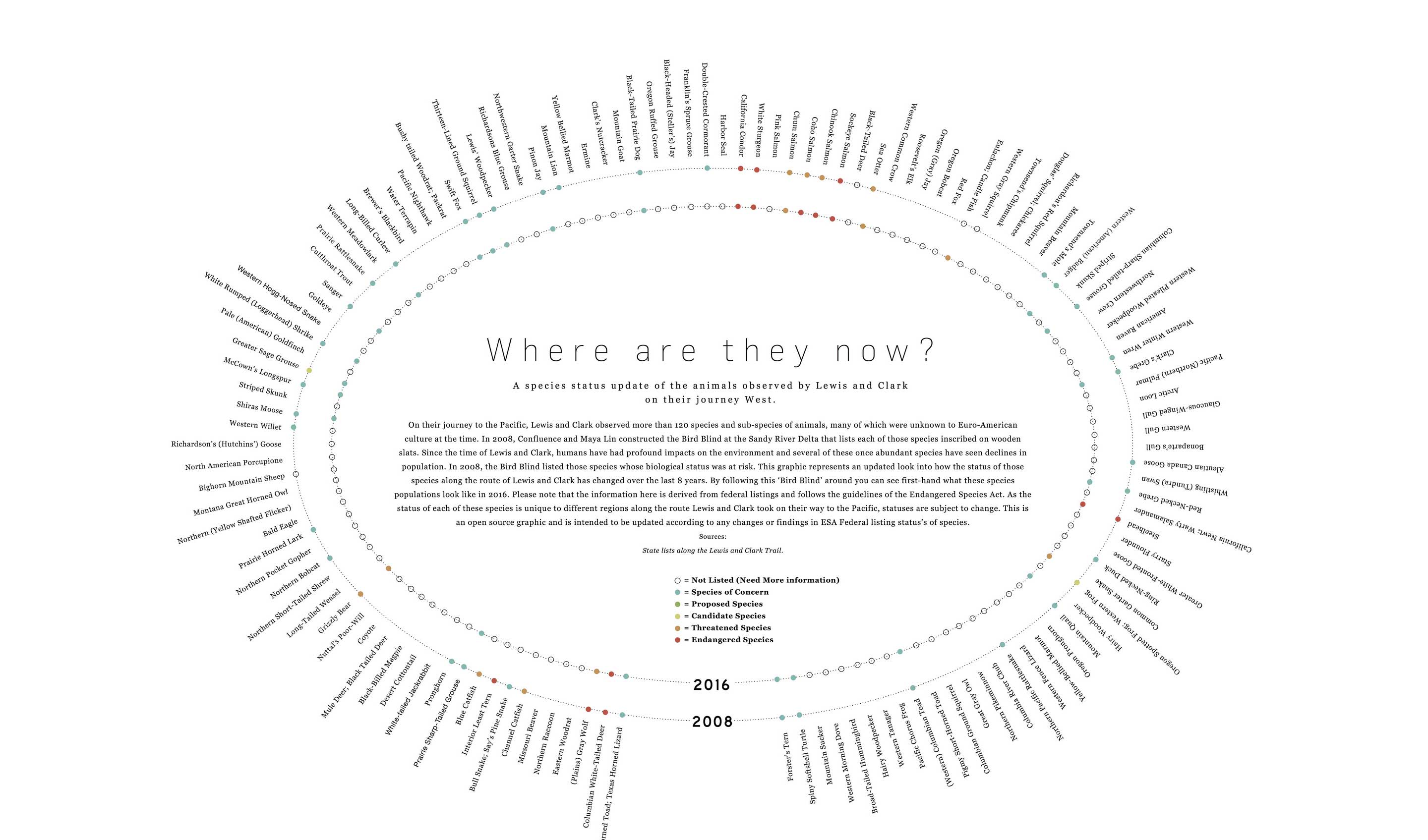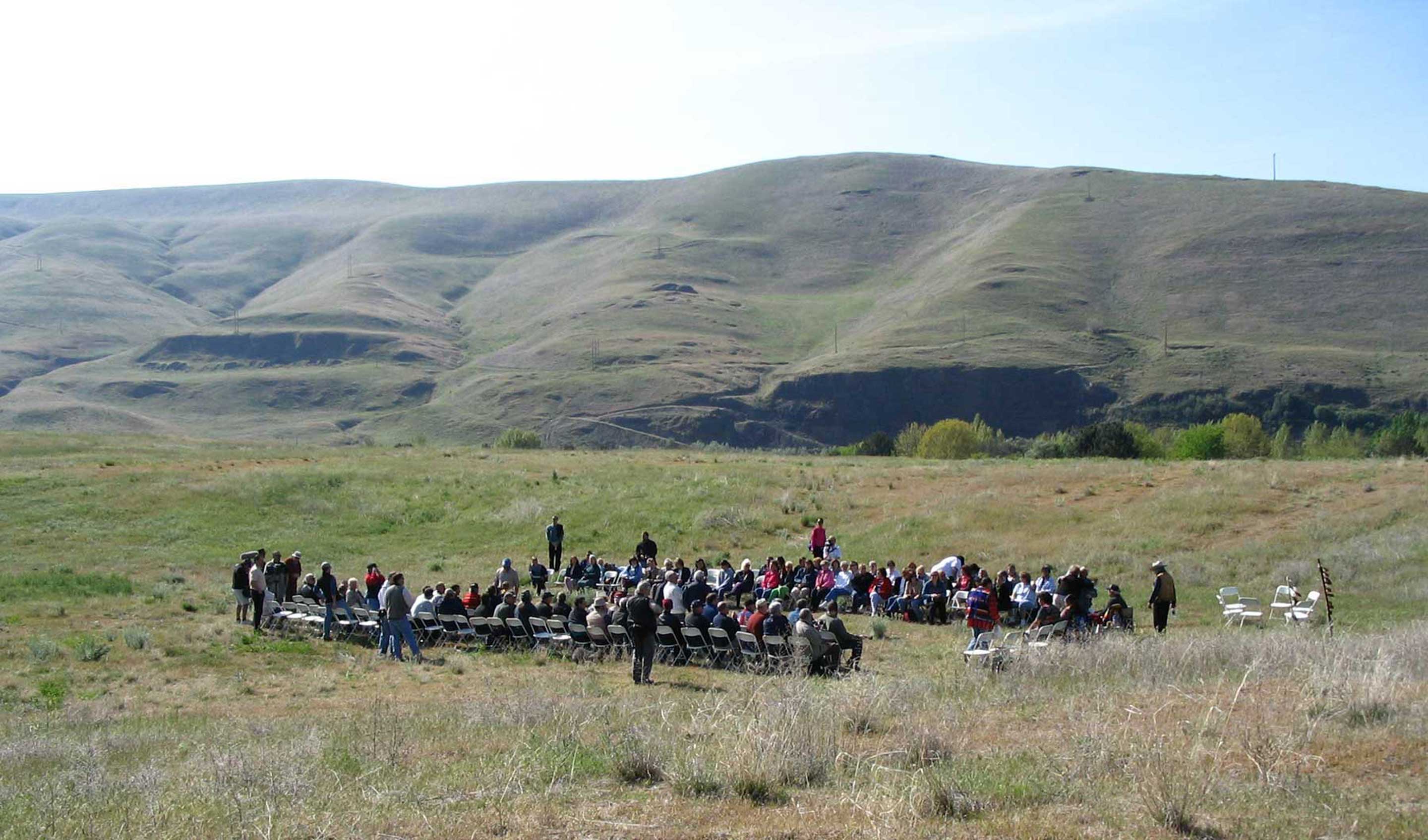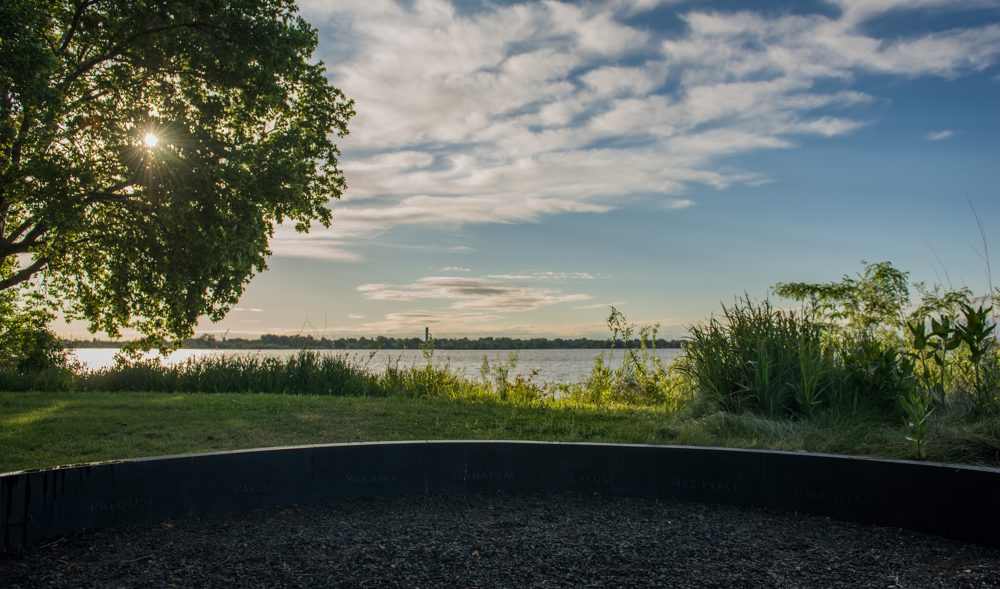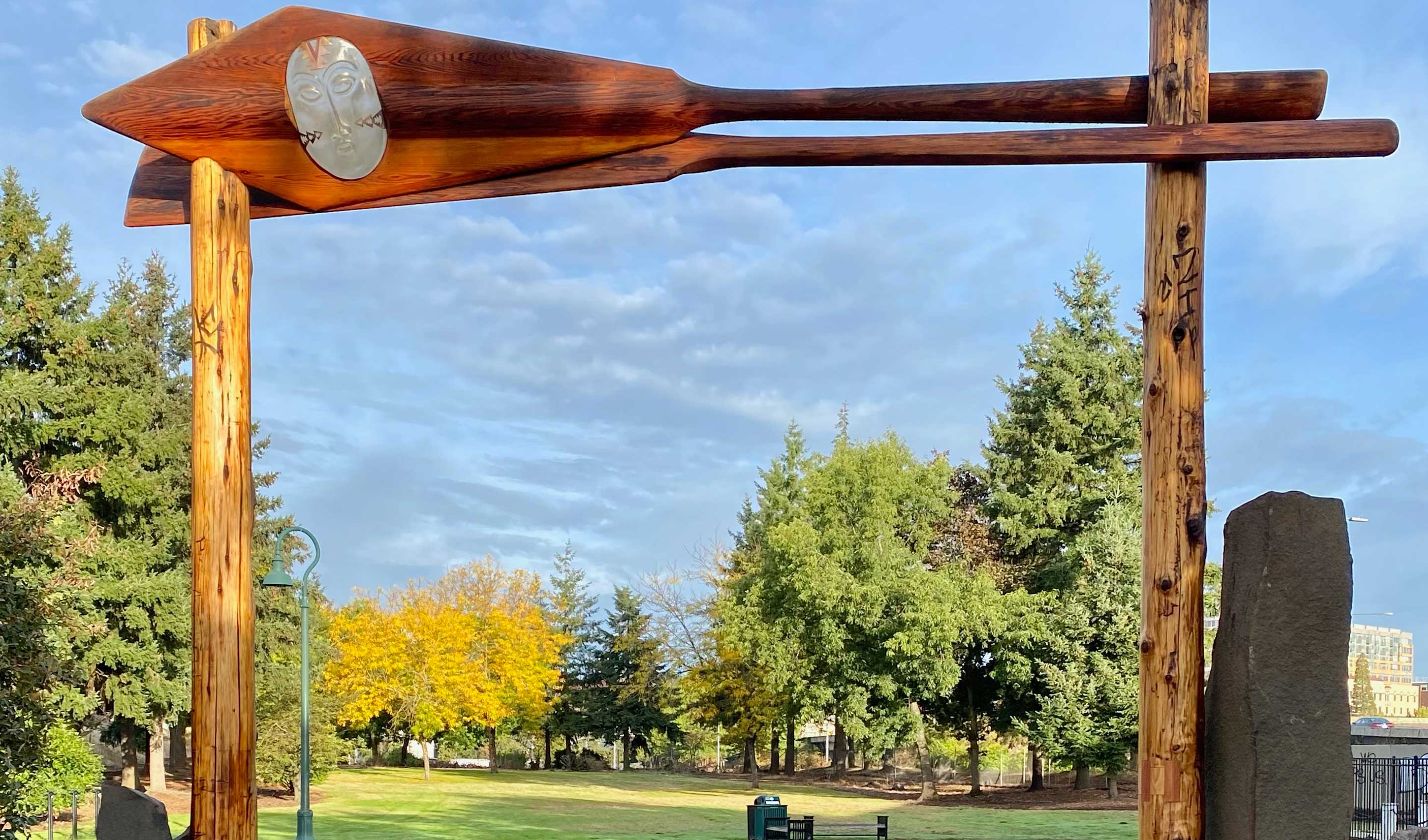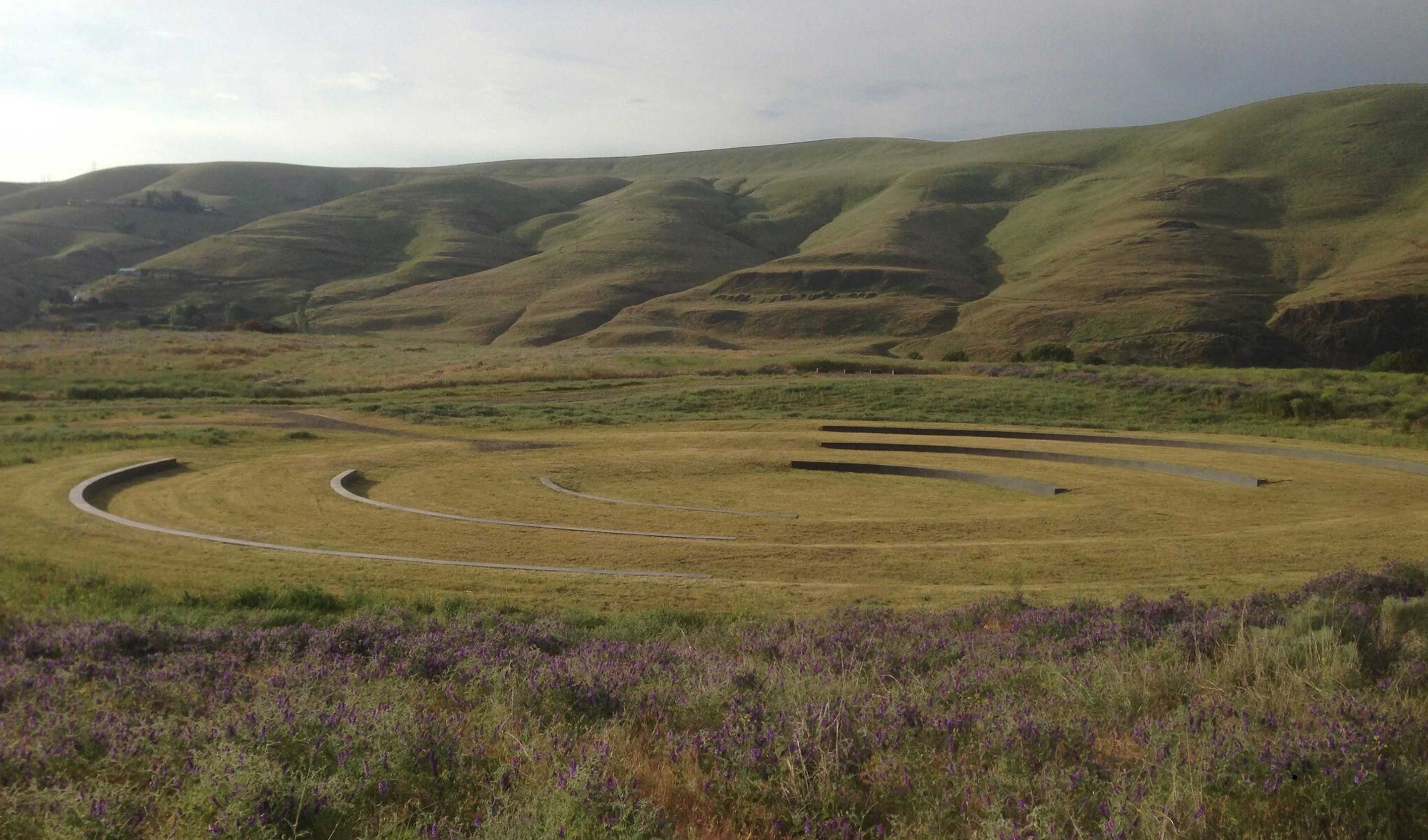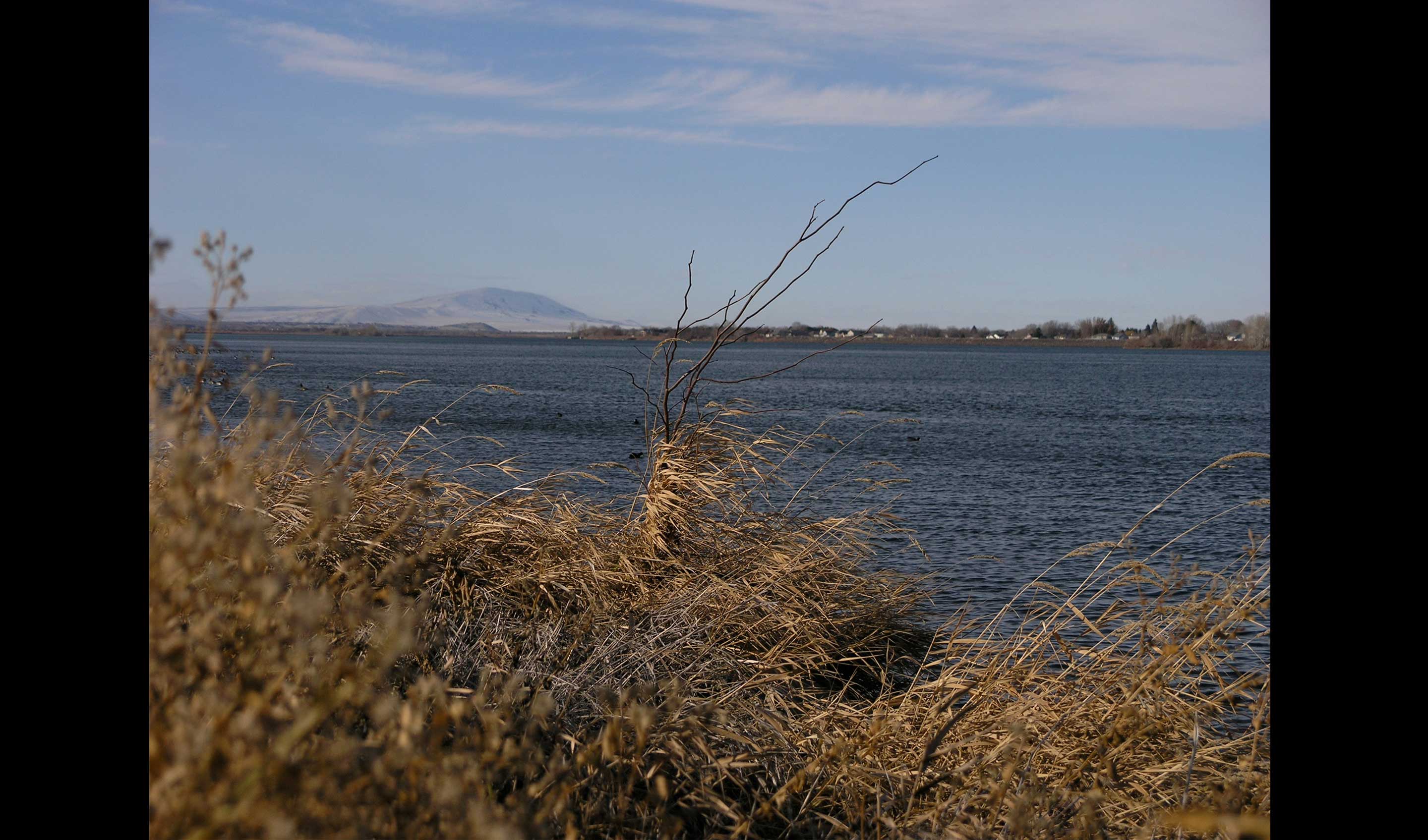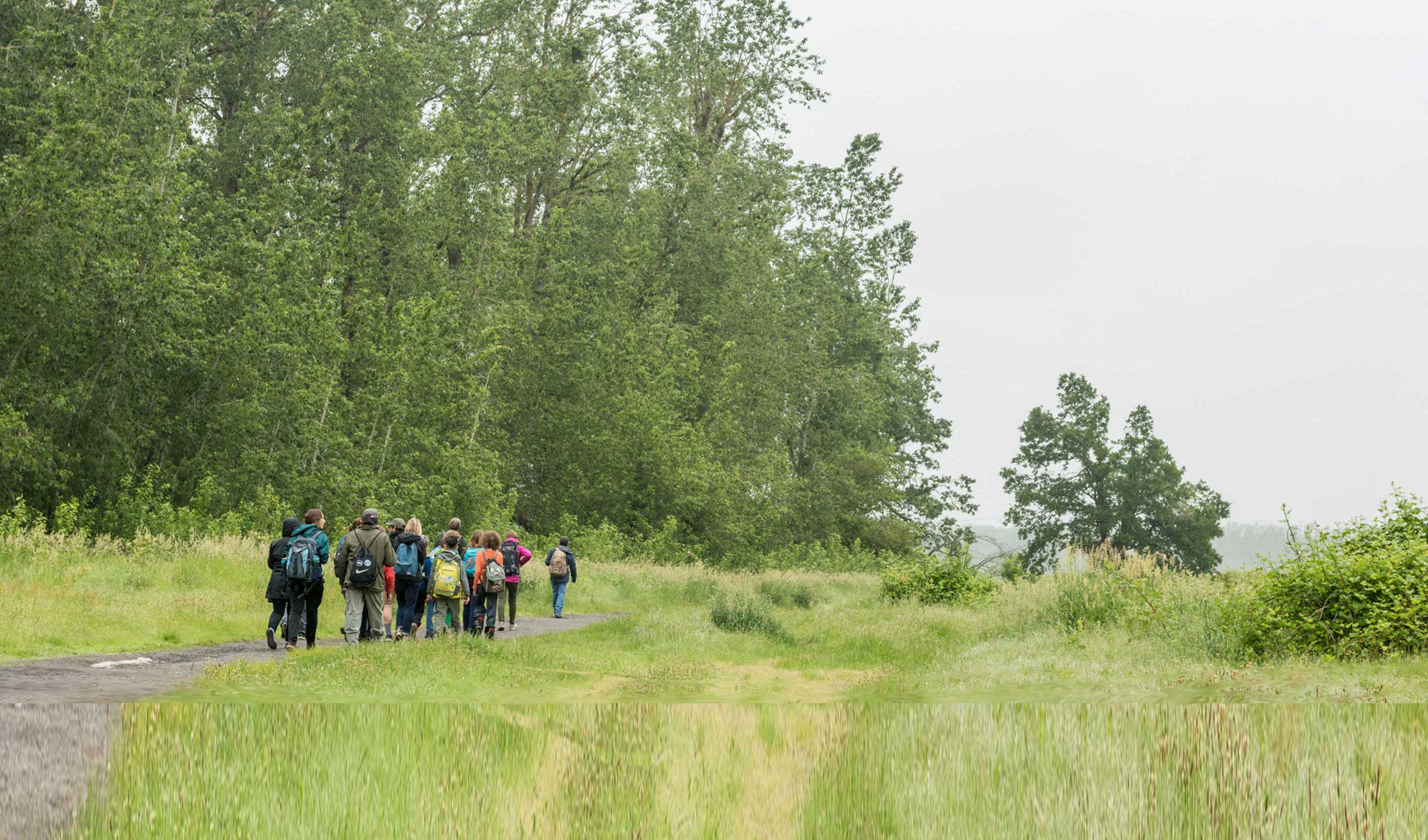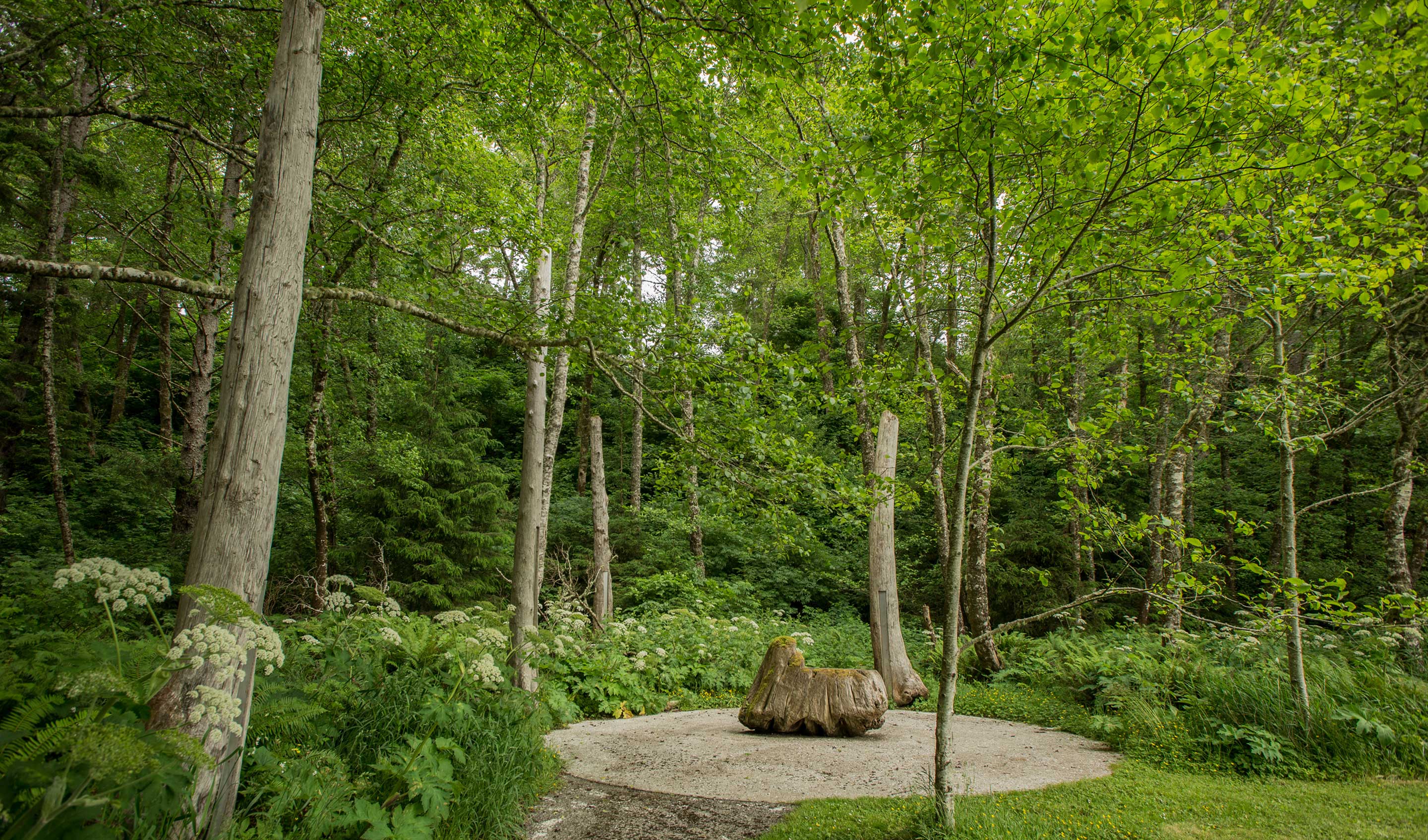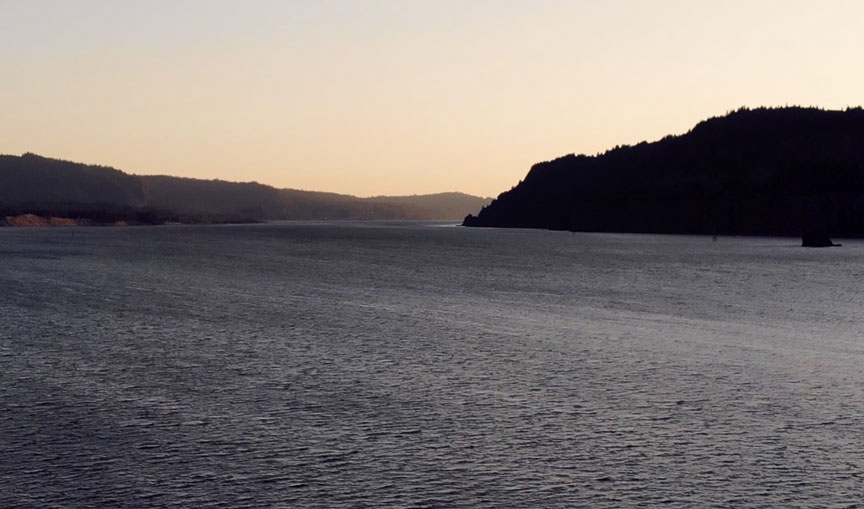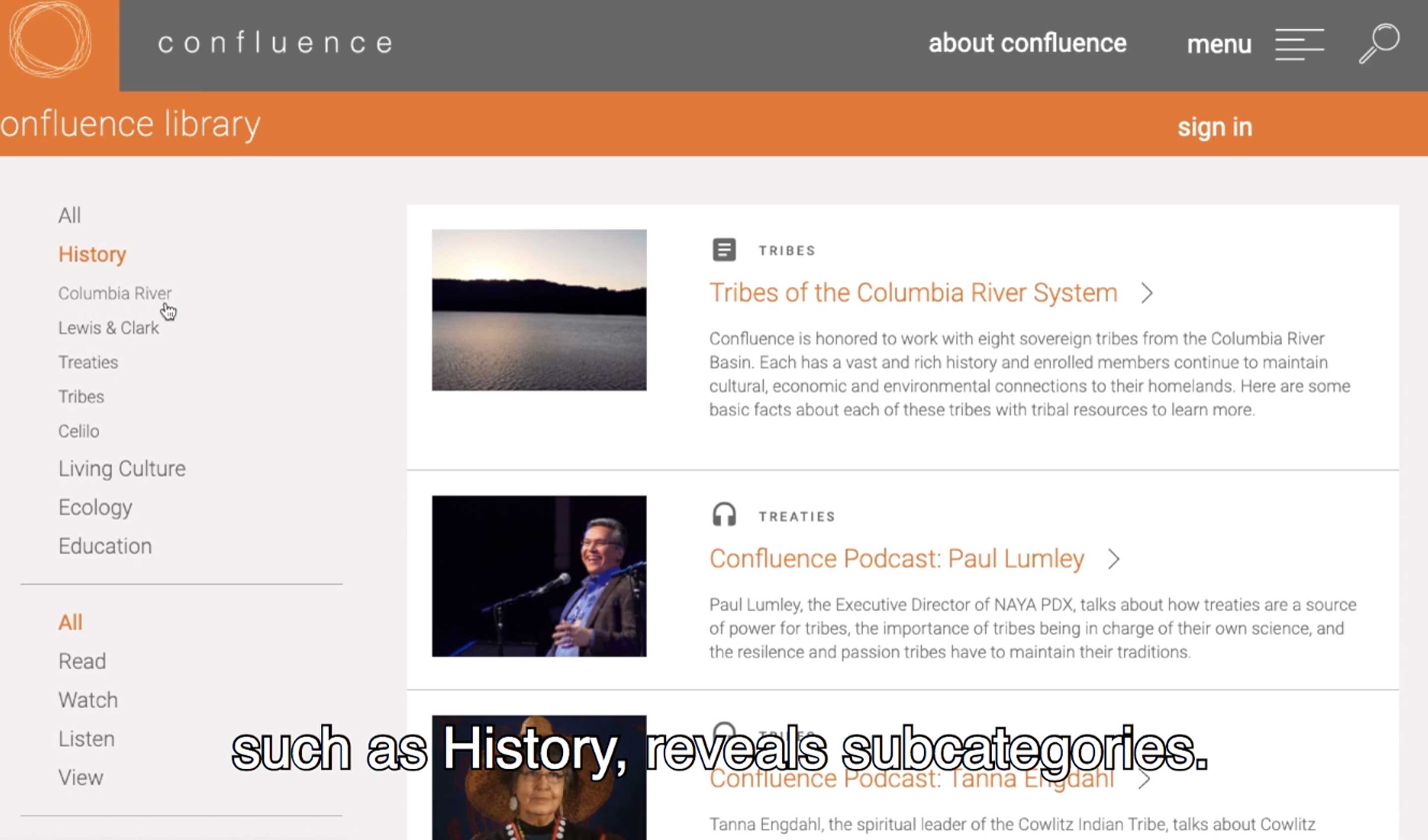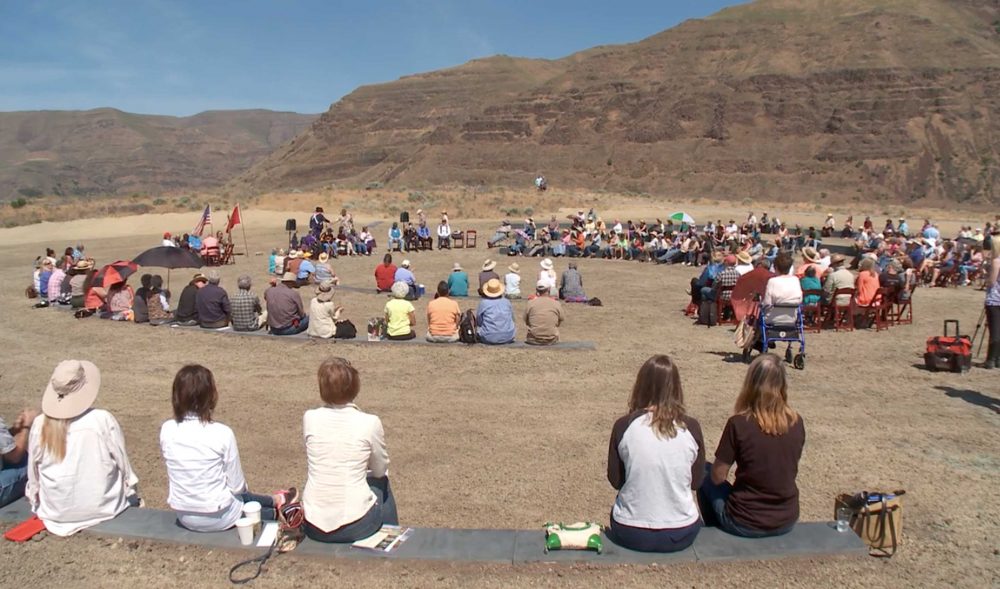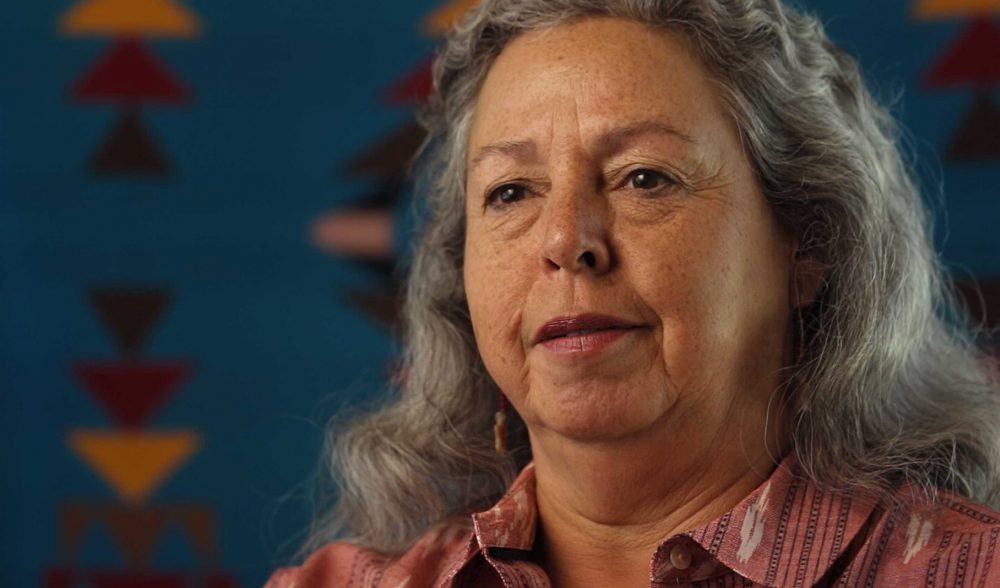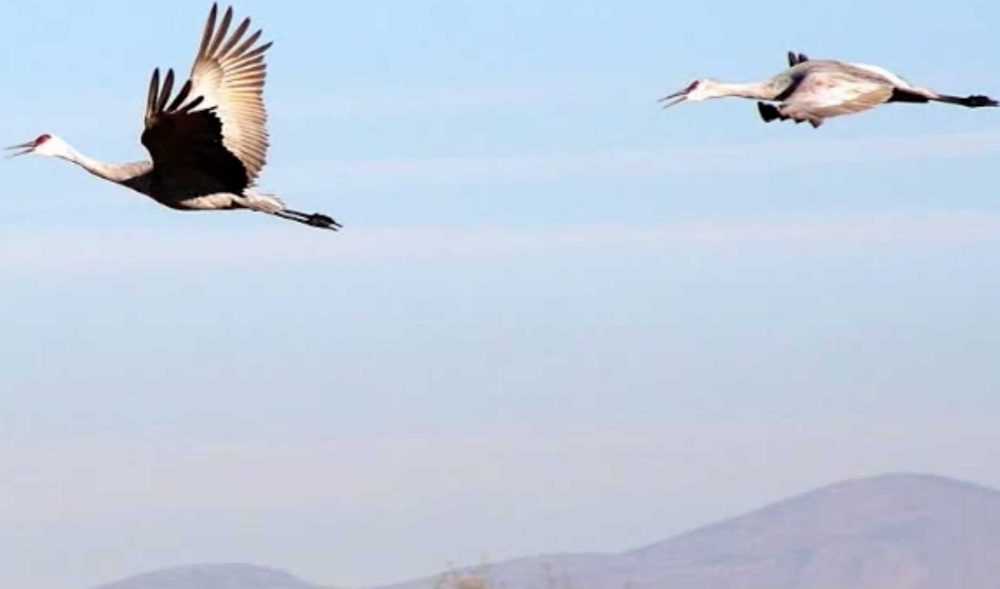Search result
Sarah Vowell describes how Maya Lin took her own individal style to the Confluence sites, but also came to listen to that place and people.
Chief Timothy Park, in Washington, is on an island off the Snake River. Chief Timothy Park is close to Lower Granite Dam, which has a fish ladder. The park is home to a Confluence “Listening Circle” amphitheater.
Maya Lin’s first Confluence site is at Cape Disappointment State Park. Guests are greeted by a path, amphitheater, fish sink, and gathering circle. It was built of native materials for the Lewis and Clark bicentennial.
The Sandy River bird blind, inspired by William Clark’s quote that he could not sleep because of bird noises, was built to give guests a chance to visit a restored native habitat and learn about native birds and animals.
Over the past 7 years much has changed for several of these species both at the Sandy River Delta and abroad, the Virtual Bird Blind shown here is an effort to show how those at risk species listed in 2008 have changed in today’s age.
This resource list is designed to go along with Confluence’s Field Guide for the Listening Circle at Chief Timothy Park.
Find a collection of resources on the Vancouver Land Bridge here.
This guide is designed to guide you though the Confluence Story Circles.
Curious about how Confluence got started? Want to explore our five completed art landscapes? Interested in the work we’re doing in schools? Check out this recorded event!
We are thrilled to share with you this new article in The New York Times featuring Confluence artworks and education programming. The piece promotes a new exhibit by our partners at Whitman College in Walla Walla, Washington that showcases the Confluence archives, including models of the river sites and documents related to the development of Confluence.
Social discourse is the way most individuals will have learned about Kennewick Man. In this article, communications scholar Cynthia-Lou Coleman (Osage) dives into the historical pseudoscience roots and present impact of the coverage — through newspapers, blogs, websites, and books– surrounding The Ancient One. This type of coverage has a direct impact on the Indigenous Peoples from the Columbia River.
This resource list is designed to go along with Confluence’s Field Guide for the Sandy River Delta. This resource list is made out of interviews with Indigenous leaders from the Columbia River, educational shorts made by the Sandy River Watershed Council, articles on wildlife, and more.
The text of a Chinook Blessing delivered by Chinook Tribal Chief Gary Johnson in Chinook homelands, November 18, 2005.
This Story Collection is based on a conversation between Native Storyteller Ed Edmo and Professor Lani Roberts, where they discussed their parallel childhoods growing up in The Dalles and the discrimination that Ed faced there.
There are seven Story Circles: Introduction, People, Salmon, Seasonal Rounds, Trade, and the Coyote Circle. The following material is to aid you in visiting the Story Circles if you desire, or to experience the Story Circles if you cannot visit.
This video goes over how to navigate Confluence Library and how you can save items for your personal library.
On May 29, 2015, more than 200 people gathered at Chief Timothy Park, nine miles west of Clarkston, Washington, to dedicate the Confluence Listening Circl
Bobbie Conner (Cayuse, Nez Perce, Umatilla) talks about Native fortitude.
Jane Jacobsen talks about how Confluence was created as a response to the Lewis and Clark Bicentennial, and the decision by tribes to invite Maya Lin to design the artwork, as well as the importance of respect for places.

